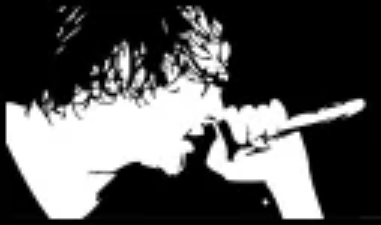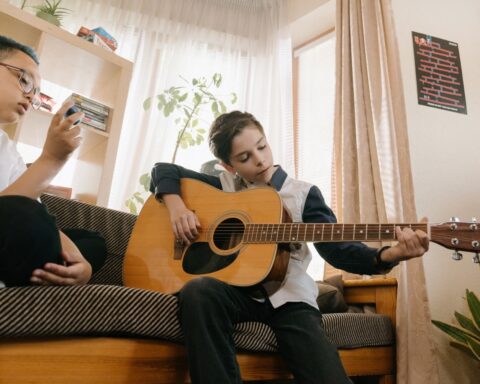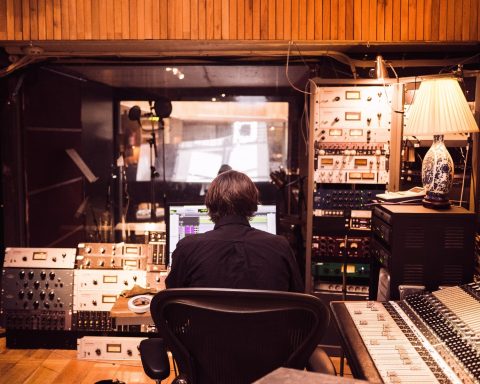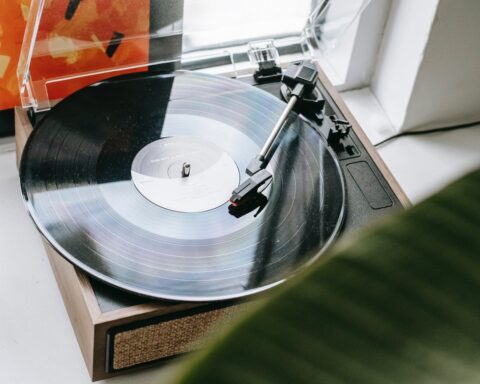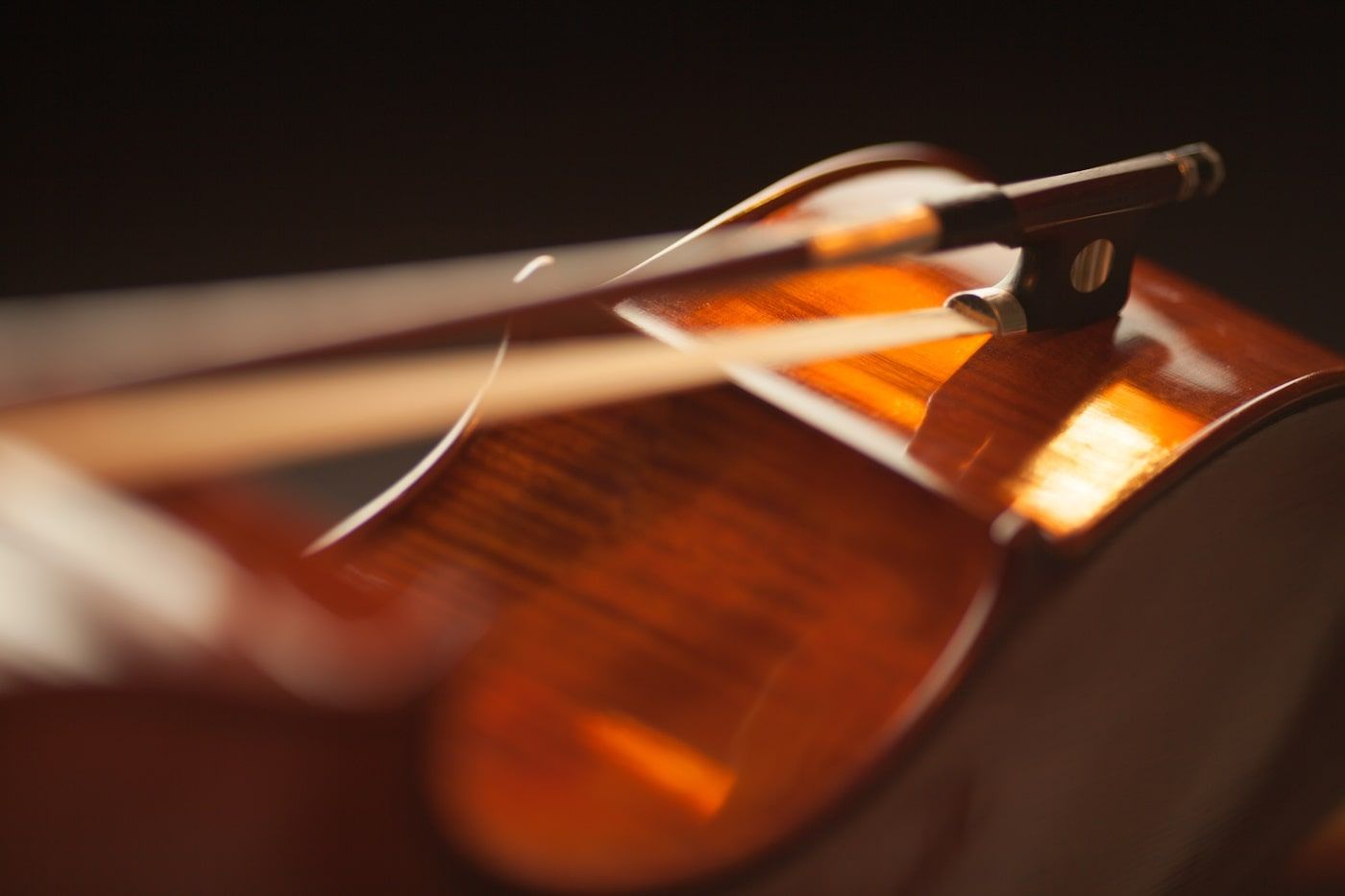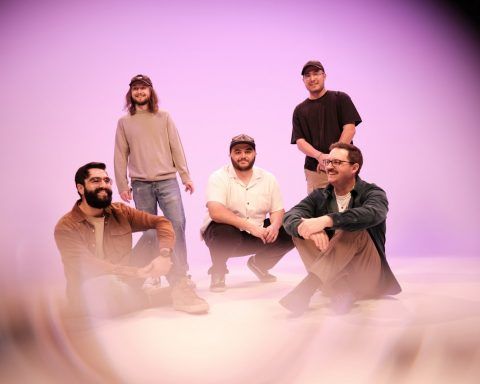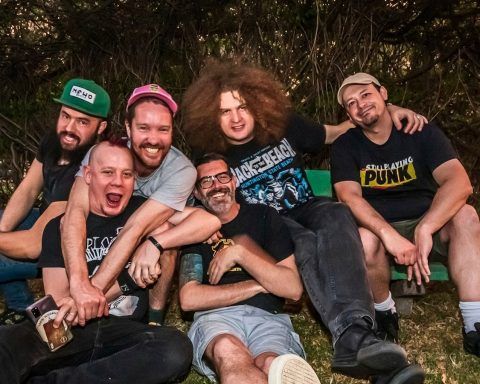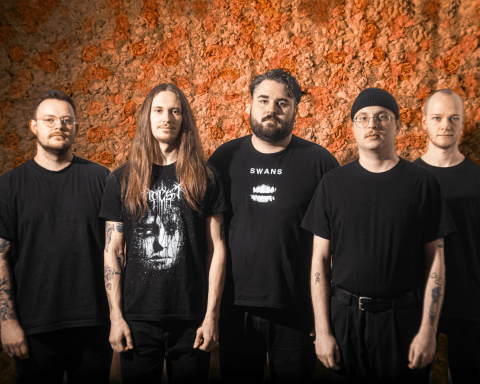It’s no secret that young people tend to love alternative music. Songs include many ideas, are more varied than pop music, and incorporate strange musical structures.
Classical music also experienced a second boom during the lockdown, as streams of Mozart and Bach soared on platforms like Deezer. But why do so many young people prefer alternative over classical?
It’s accessible
Alternative music has been breaking the rules and sticking it to “the man” for decades. This attitude is what makes the genre so appealing to young people. It’s not always easy to find this type of music in the mainstream, but with streaming platforms, it’s becoming easier and more popular to discover.
The fact that people prefer accessible things over something hardly achievable is unavoidable. And not only is alternative music valued for its accessibility, but many other things, goods, and services, e.g., this site where you can easily order a dissertation and get your paper written or edited by a professional.
One of the best examples of the alternative music genre is Brand New’s song “Jesus Christ.” While their songs are typically high energy, this one is quite contemplative and explores existential questions about life and death. It shows that alternative music doesn’t have to be high-energy but can still make you think.
It’s a breath of fresh air
In a world where every mainstream artist has repurposed the same basic song structures for decades, alternative music stands out as unique. It can be anything – a rock band that blends hip hop, a jazz musician with synth piano, or SoundCloud artists creating bedroom-alt that delves into the funk genre.
These non-traditional sounds make the music scene more inclusive and help attract younger listeners. The alternative genre’s acoustic guitar and piano-driven melodies are a perfect fit for young people’s imagination, sensitivity to aesthetics, and inner feelings.
And a new wave of alternative crossover artists is appearing on TikTok and other social media platforms.
It’s more relevant
As the newest form of alternative music, distorted vocals, and electronic instruments make it feel fresh and new. These artists use unique structures and techniques to make their music stand out from the mainstream, a very appealing style to a generation of teenagers who want something different from what they hear on radio stations.
This new take on alternatives is one reason why the genre has a stronger following than ever before. A recent collaboration between Acne Studios and its younger sub-label Face saw crew-neck sweaters, T-shirts, and tote bags emblazoned with the faces of Handel, Mozart, and Bach as a nod to “the idea that a passion for classical music is the most left-field move imaginable for a modern-day teenager.”
It’s more fun
Most alternative music lovers can quickly rattle off several reasons why they love this genre that spans centuries of Western music. They might talk about its complexity compared to classical music or cite studies linking it to positively affecting the physical and emotional state.
But that’s not the whole story. The fact is that a lot of young people find alternative music fun. And they are showing no signs of abandoning it – quite the opposite.
And there’s plenty of young alternative music talent too. Social media influencers, SoundCloud artists, and musicians with solo projects branching off from their main acts are all making waves.
Summary
As we see, alternative music is a popular and inspiring genre supported mainly by youth for many reasons. However, many people over 30 listen to it too and find alternative music attractive on the same level as classical music. We hope you find your perfect music genre as music taste is not to be questioned, but rather let exist to enjoy the best melody or a song for yourself.

